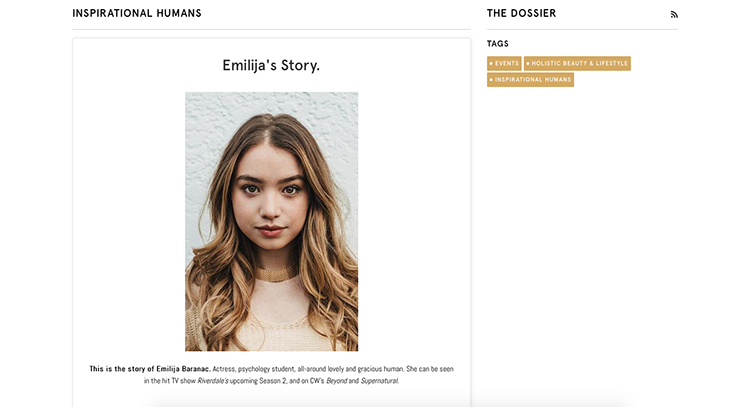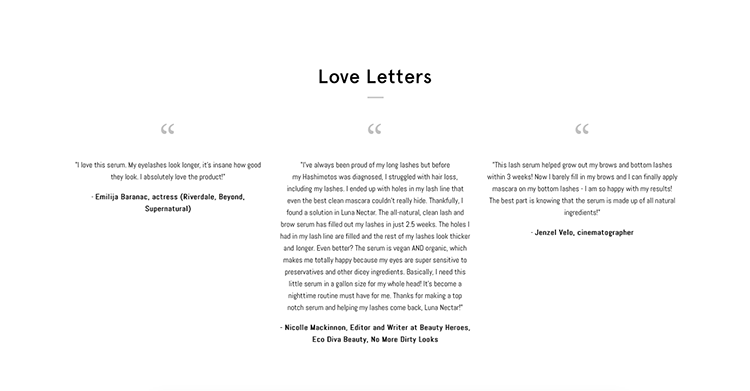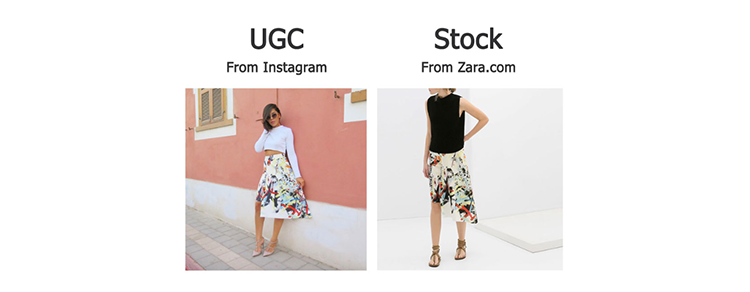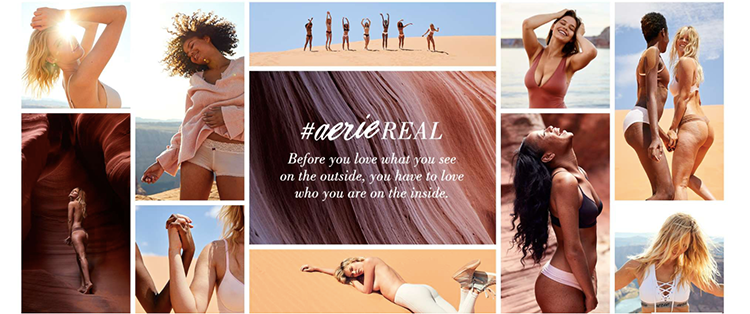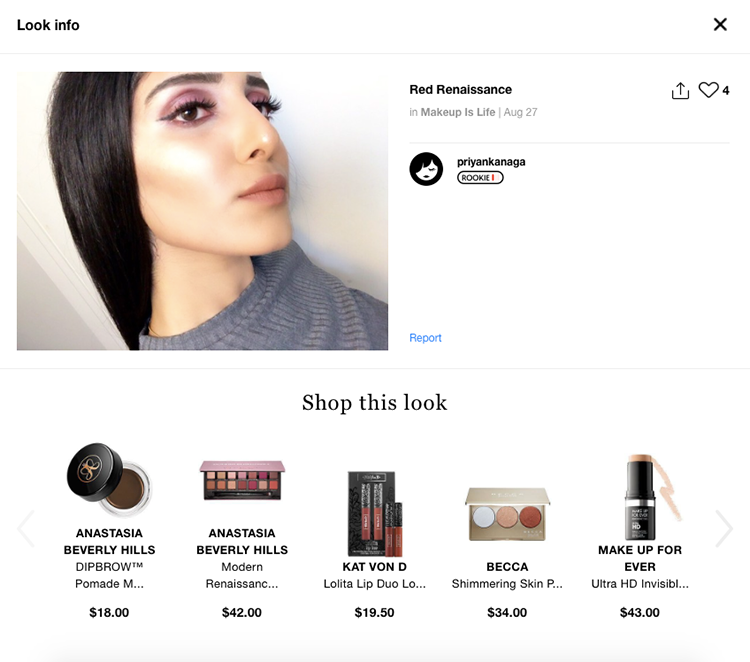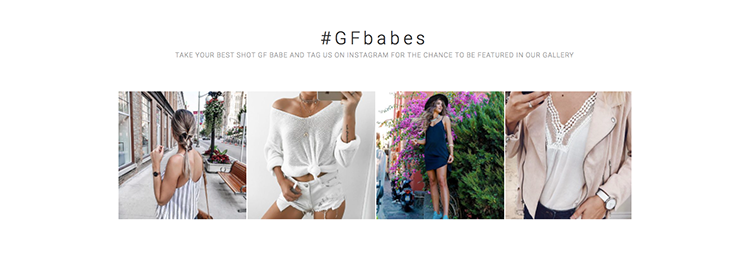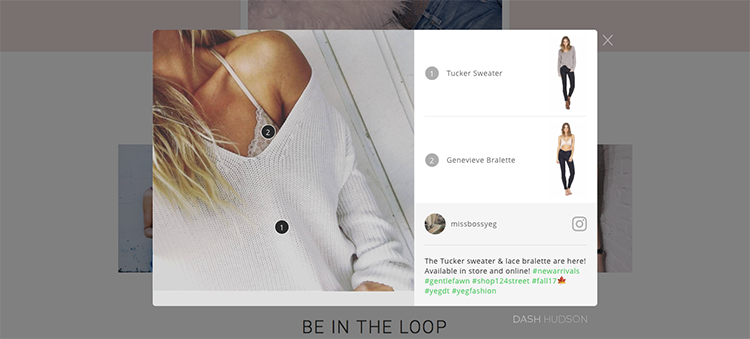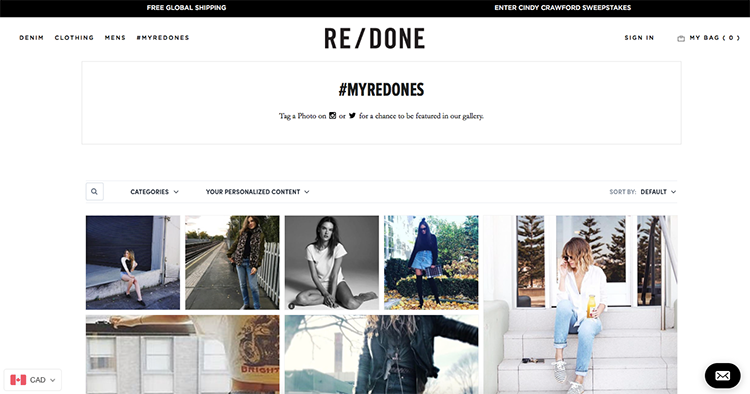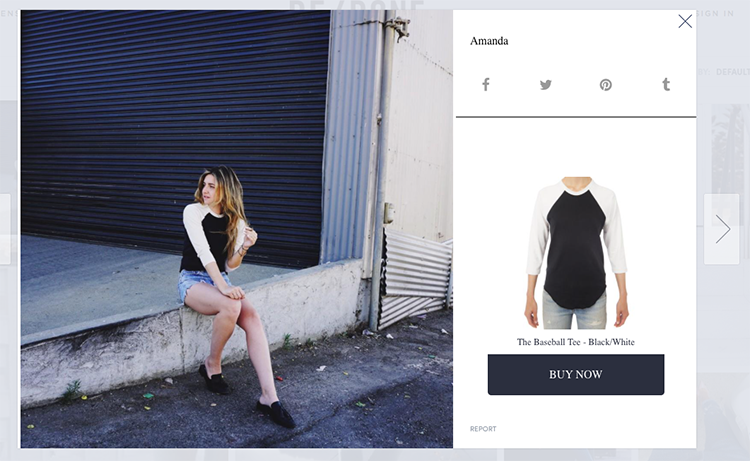User-generated content (UGC), as you are probably already aware, is not created by a company; your customers create it. It can include pictures, reviews, blog posts, videos, social media, and other forms of content a customer would use to promote your brand.
For the last couple of years, there have been many studies conducted that prove traditional marketing methods aren’t working as well anymore. Instead, consumers are looking to their friends, family, and influencers to help guide their buying purchases.
According to Nielsen’s Trust In Advertising report, 84% of consumers say they trust peer recommendations above all other sources of advertising. This reliance on other’s opinions is why user-generated content should be a big part of your marketing initiatives. The impressive thing about UGC is that your customers are producing the content for you. Better still, by getting strategic about it, you can guide your ideal customers to produce content that makes sense for your brand.
Let’s examine two guiding questions you should answer before promoting any user-generated content ideas.
Who Are Your Buyer Personas?
First, we should talk a little about buyer personas. They need to be set in place before you start guiding customers to create UGC. Often, when it comes to content, marketers tend to forget about their personas and end up with content that doesn’t make sense. With UGC, it’s no different.
Of course, you’re going to have some customers that don’t fit the ideal customer persona create content, and that’s ok; however, you don’t need to use it. As a rule, you need to stick within the persona guidelines. That means you should only feature user-generated content that fits the description for one of your buyer personas. Matching content to your persons will help you determine who and what to feature!
What UGC Should You Focus On?
There are a lot of ways you can collect UGC. While many marketers focus on product reviews, which are important, there are many other user-generated content ideas that can help grow sales too. In this post, I’m going to focus on five.
1. User-Generated Online Stories
Narrative Stories
Compelling brands have one thing in common: great storytelling, but if you can get your ideal customers to tell a story, even better. I’m not talking about testimonials just yet (we’ll get to that later). The stories I’m talking about don’t necessarily even have to do with your products.
Take a look at Luna Nectar, an online retailer selling a vegan cruelty-free eyelash and brow enhancing serum. Their ideal customer is a woman who’s concerned about animal welfare, environmental issues, and self-growth.
Under “The Dossier”, visitors will find inspirational stories from Luna Nectar’s ideal girl. The content of these stories doesn’t have to do with the product, necessarily, but it doesn’t matter, the stories are ones that their buyer persona would love to hear. Luna Nectar is creating a community, an outlet where girls can glean inspiration.
Source: Luna Nector
Testimonials
Testimonials also tell a story, but one of a customer’s success with your product. If your company is small, calling attention to testimonials is paramount. You need to build credibility where you can, and user-generated testimonials are a perfect way to do so.
Once again, Luna Nectar does this very well and puts their unique spin on it. Instead of testimonials, the skincare company refers to them as “love letters.” As a company that only launched this past May, they’re doing a good job of utilizing UGC to build authority.
Source: Luna Nectar
2. User-Generated Product Images
While high-quality images for product photos are always important, pictures of customers using your products are just as imperative. These in-context photos show what the product is like in real life. And when real customers are vetting your product, positive user reviews help skyrocket its credibility factor – mostly due to social proof: when people look to others to help guide their behavior.
Forever 21 are masters of user-generated product images. The fashion brand for teens and young adults uses pictures of fashion bloggers quite a bit. They know that UGC product images tend to convert better, which is why they encourage them with Instagram promotions like the one below:
Source: Forever 21
Bllush, a digital marketing product for fashion brands, conducted 4 different A/B tests to determine if UGC product photos convert better than a stock photo. What they found shouldn’t surprise you. In three out of four tests, the user-generated images converted better. However, it’s worth noting that in the one test where the stock photo had a better conversion rate, the difference was quite small. Conclusion: you need user-generated product images.
But, remember not to use photos of customers using or wearing your product without their consent. If you want to use an image, simply ask.
3. User-Generated Blog Content
If you don’t have a blog, you’re missing out. A blog can help improve sales, raise your search engine ranking, and increase brand awareness. However, if you’ve tried one and it failed, it could be that your strategy wasn’t as strong as it could’ve been. If you do have a blog, are you taking advantage of UGC on it?
You don’t need to look further than your social media channels for guidance; they’re a goldmine. If you’re using social media properly (running contests, creating unique hashtags so customers can tag you, building a community, etc.) you’ll find inspiration for blog ideas and the UGC to complement them.
A strong example of user-generated blog content is from American Eagle. Because of the concern surrounding airbrushed models and body manipulation, American Eagle has pledged to not re-touch models wearing their bathing suits. The campaign that surrounded this initiative used the hashtag #AerieREAL. The brand catering to young adults then encouraged their customers to post real pictures of themselves in their Aerie bathing suits.
Source: American Eagle
The social cause was a bigger draw than the products, and women everywhere were more than keen to participate. American Eagle can now use much of the Instagram content from the campaign on their blog.
Use American Eagle as inspiration. Interview customers and feature them on your blog, write content around testimonials, get creative and think of ways to utilize social media UGC for original content on your blog.
4. User-Generated Online Community
Every day, generations of all ages are checking their social media feeds, favorite blogs and news sites at least once a day. Wouldn’t it would be amazing if your customers and potential customers visited your online shop once a day? Create an online community, and it’s likely to happen.
Sephora, the beauty retailer that sells all things cosmetics and skincare, launched their user-generated beauty board in May 2014 and have built a cult-like following that checks back daily.
Source: Sephora
How does it work? They encourage their customers to upload pictures of themselves with the Sephora products they used to achieve their look–and man do they ever share! 50+ pictures are added daily, so there is a constant stream of new content. That means that customers who love the beauty board need to check back daily to see brand new looks. So far, it’s working.
Sephora states:
“Our beauty lovers are gathering and sharing beauty tips across a variety of social properties like Instagram and Pinterest, as well as our blog and beauty community site. We took what we admire as social users to the next level by developing and integrating our newest social site, Beauty Board.”
What Sephora built wasn’t anything that special. They simply provided an outlet for beauty addicts to congregate. If it makes sense for your customers, doing something similar will mean UGC uploaded daily to your site. And everyone wants that.
5. User-Generated Social Media Content
You should always be finding ways to connect your social media accounts to your eCommerce shop. This may sound like a no-brainer, but it’s surprising how many online stores don’t do this. The good news is, it’s easy. The following two examples can help you get started.
Example 1: Gentle Fawn’s Shoppable Carousel Slider
Gentle Fawn sells contemporary yet fashionable clothing for professional women. They’re continually optimizing their website for conversion; the shoppable social media carousel slider is one of those ways.
Remember, product photos that feature UGC images sell better than standard product shots, so it’s important to make the carousel shoppable.
Source: Gentle Fawn
Example 2: Re/Done’s #myredones Gallery
Re/Done is another woman’s fashion retailer. They sell redone vintage items and fashion basics. UGC is a big part of their website. In the navigation, after a user clicks the #myredones gallery page, they see a page where they can shop products from Instagram with the hashtag #myredones. The page even allows a potential customer to filter products.
Source: Re/Done
Takeaway
User-generated content is continuing to grow in popularity simply because customers prefer it. And if you want to increase sales, creates a community, and improve search engine rankings, implementing some form of user-generated content on your site is an easy way to reach those goals.
Author Bio
Alicia Doiron is a freelance digital marketer and part-time copywriter for LemonStand. With over a decade in the eCommerce space, she enjoys using her knowledge to help online retailers grow their eCommerce store.


